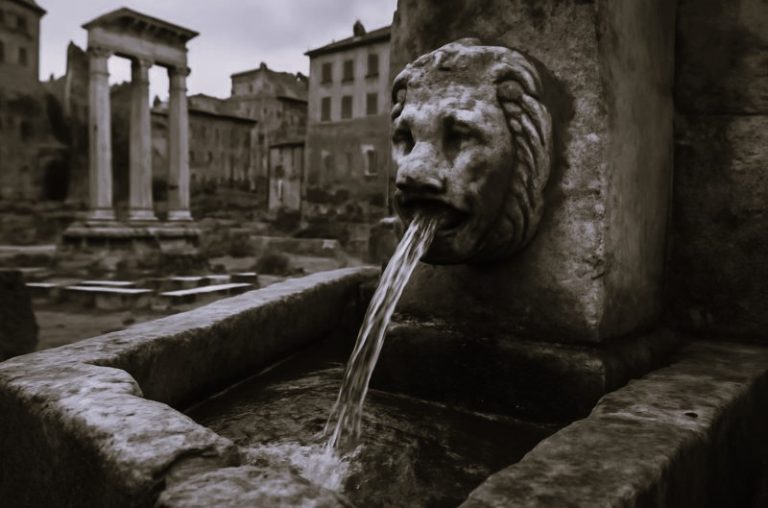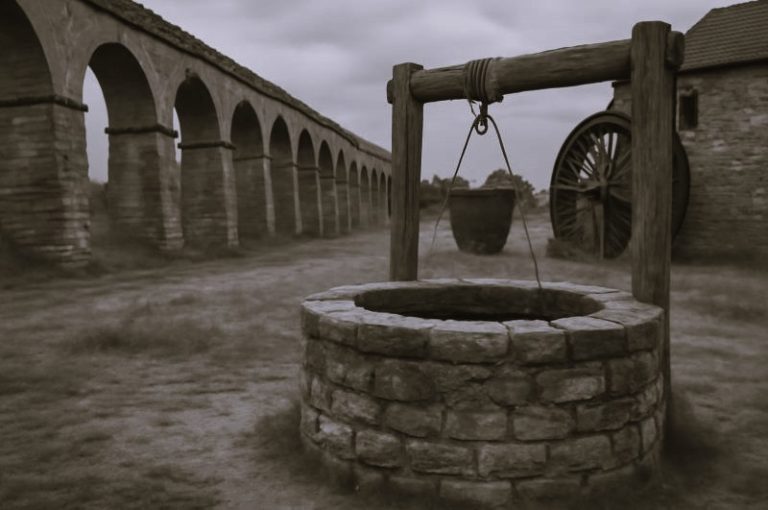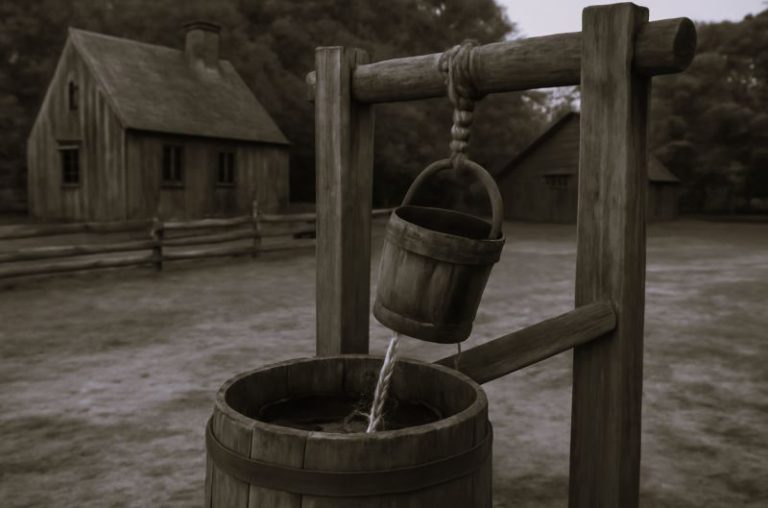

According to Dutch historian Johan Huizinga, gaming is one of the primary expressions of human culture. While anthropological studies from the early 20th century are easy to pick apart from a modern perspective, it seems that Huizinga’s thesis holds. Some of the earliest forms of culture from archaeologists old and new relate to gaming.
One of the earliest games on record is senet. This board game was played during the height of the Ancient Egyptian era with the earliest evidence pointing back to senet boards from 2620 BCE. Though much of the game remains shrouded in mystery, experts know it involved logic and chance as players sought to move small figures around a narrow board using animal knucklebones as dice.
From the outside looking in, online slots don’t have much to do with games like senet. Today’s slots are digitized, with ever-changing reels that depict a wide range of pop culture themes. However, modern slots involve some of the same tenets that attracted humankind’s earliest gamers— i.e., providing an exciting way to pass the time.
Just like senet involved rudimentary dice, today’s slots rely on random number generators to emulate chance. Clearly, humans are fascinated with a logical approach to gaming along with the excitement that comes from randomness.
Senet in Ancient Egypt
Around 3100 BCE
One surviving senet board dates back to 2620 BCE—but researchers reading hieroglyphics have traced mentions of senet back to 3100 BCE. This makes the game a contemporary of The Royal Game of Ur (covered below). In fact, most scholars point to the Ancient Near East as a global origin for board games.
As mentioned above, senet’s rules are largely born from conjecture based on ancient texts. Senet was played on a narrow board consisting of 30 squares laid in two parallel rows of 10. Players moved according to a roll of the dice (or throwing sticks), which helped them progress across the board.
Each side’s 30 squares correlated to a specific spiritual concept. In fact, the game emulated a soul’s journey into the afterlife. Viewed in this way, the game might not have just been about entertainment but also tied to religious rituals.

Royal Game of Ur in Mesopotamia
As Ancient Egyptians toyed with senet during the First Dynasty period, locals in the Mesopotamian capital of Ur were also testing their skills and luck in what scholars now call the Royal Game of Ur. Just like senet, dice were used to help players race across an ornately decorated board.
Along with logic and luck, the Royal Game of Ur also seemed to involve astronomy and fortune-telling aspects. Unlike senet, the game wasn’t just popular with the upper echelon of society. One archaeological find in the ancient palace of Khorsabad includes an etched version of the game, which scholars have dubbed an early form of graffiti.
The Royal Game of Ur survives today in historical variations that eventually helped produce backgammon, including the Persian Nard and the Roman Ludus Duodecim Scriptorum. Scholars have also found evidence that indicates the Royal Game of Ur was played in Ancient Egypt at the same time as senet.
Horse Racing in Ancient Greece & Rome
According to Plato, the contemporary games played in Ancient Greece could all be traced back to Egypt. Once the Royal Game of Ur spread around the Mediterranean, it gave way to other table games like chess. However, the concept of bridging logic and chance remained.
In senet and the Royal Game of Ur, players rely on tossed dice to help them advance. This adds a dimension of unpredictability that challenges their intellect. The same went for the early horse and chariot races in places like the hippodrome and, later, the circus. Spectators could wager on the action, with evidence of this surviving as remnants of betting slips.
The challenge closely mirrors the sports betting wagers seen in professional sports today. A bettor can weigh their knowledge of the competitors against the unforeseeable, like a sudden downpour causing a chariot to tip on a turn or a goalie to let a ball fly into the net.






